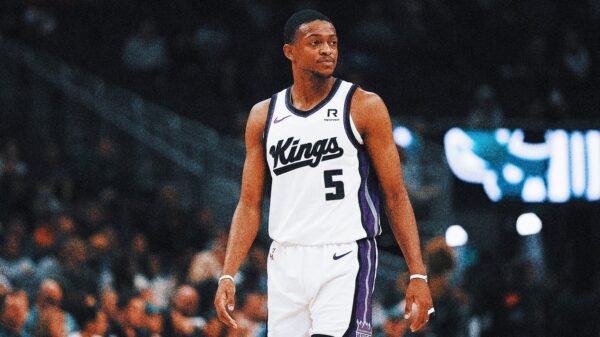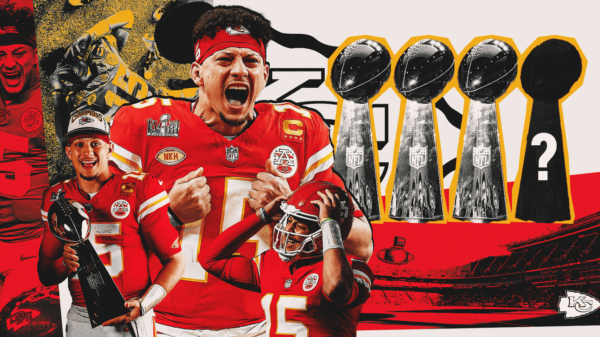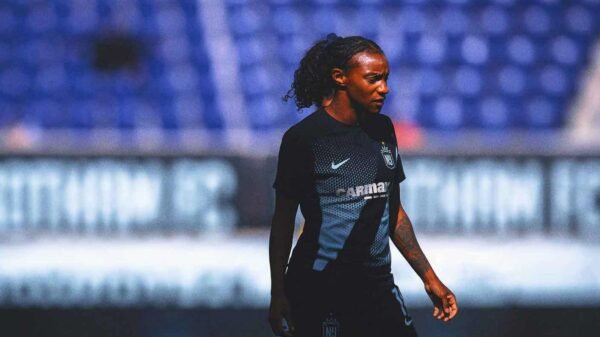Inside J.J. McCarthy’s ‘redshirt’ season lies the potential for significant growth that could benefit the Minnesota Vikings in 2025. Although an unfortunate season-ending injury has sidelined him until 2025, the franchise remains committed to his development as the No. 10 overall pick in the 2024 draft.
His recovery from a torn meniscus will limit his on-field experience, confining him primarily to film studies and classroom discussions. However, this unexpected downtime provides McCarthy with a unique opportunity to enhance his skills and emerge as a stronger leader for the Vikings.
The absence from live action allows him to establish a training routine that maximizes his potential as the starting quarterback for a team rich in offensive talent. With playmakers like Justin Jefferson, Jordan Addison, T.J. Hockenson, and Aaron Jones, McCarthy will have the support of a star-studded roster when he returns.
In 2025, he will step into a huddle filled with explosive players who can help carry the load until he evolves from a game manager into a dynamic playmaker. The Vikings’ coaching staff, led by Kevin O’Connell, is known for creating schemes that foster big-play opportunities, which aligns perfectly with McCarthy’s skill set.
With a focus on deep passing, McCarthy can introduce a new dimension to the Vikings’ offense, contrasting with the ball-control strategy previously employed under Kirk Cousins. Observing Cousins’ impressive statistics—6,778 passing yards, 47 touchdowns, and 19 interceptions in just 25 games—McCarthy has a clear benchmark for success as he prepares to lead a more aggressive attack.
During this redshirt season, McCarthy can glean insights from veteran Sam Darnold, who has navigated the ups and downs of the NFL since being drafted third overall in 2018. While Darnold may not formally mentor him, McCarthy can observe his preparation and adapt strategies that resonate with his own playing style.
The Vikings can facilitate McCarthy’s growth through a structured development plan that combines classroom instruction, virtual reality training, and on-field exercises. Although rehabilitation will take priority, engaging with the playbook and mental reps should begin as soon as he is cleared to return to team facilities.
With just 28 starts at the collegiate level, McCarthy faces a steep learning curve. He must creatively absorb knowledge from his teammates’ practices while honing his mindset as a franchise quarterback. By focusing on mental development, he can significantly enhance his game, allowing plays to unfold more naturally when he steps onto the field in his second season.
Utilizing advanced virtual reality tools, McCarthy can simulate various defensive pressures and coverages, gaining valuable experience without the physical toll of traditional practice. This technology allows him to prepare for real-game situations while minimizing the risk of injury.
Typically, players experience a substantial improvement from Year 1 to Year 2, and McCarthy can follow this trend. By reflecting on his offseason training and combining that with a well-structured rehabilitation process, he can emerge ready to lead the Vikings into a promising future.


![Travis Kelce on his future: 'Hopefully [I'm] still playing football' in 3 years](https://bestbets.today/wp-content/uploads/2025/02/Travis-Kelce-Envisions-His-Future-Aiming-to-Still-Be-in-600x337.jpg)







































